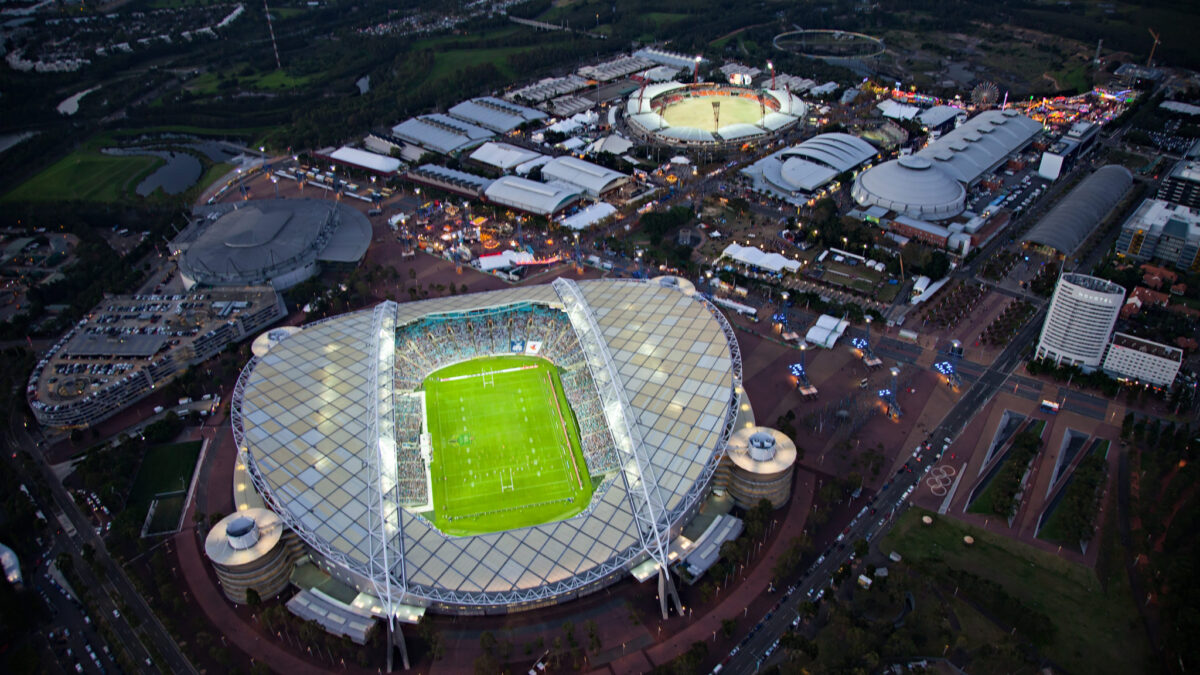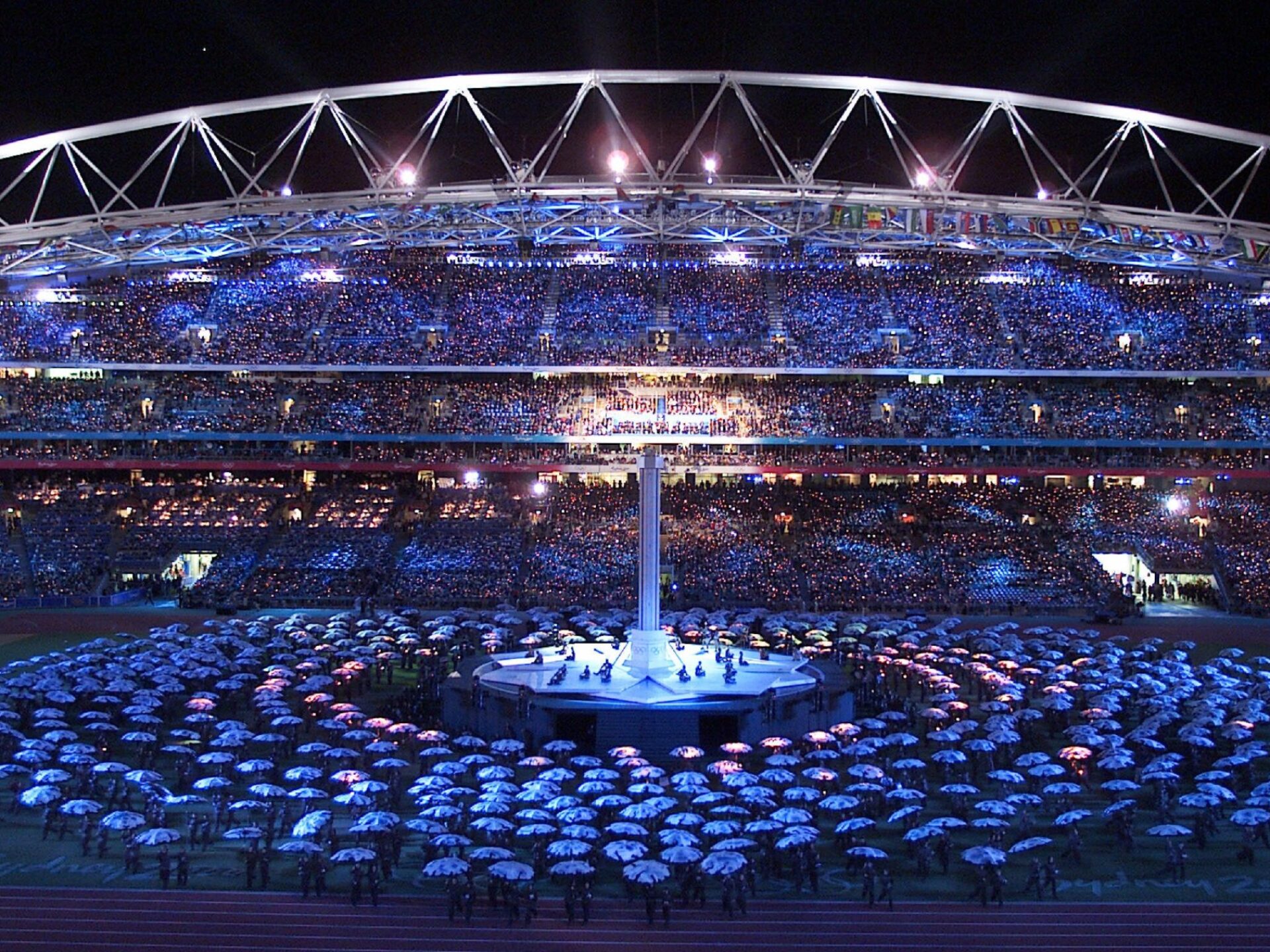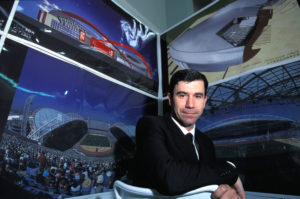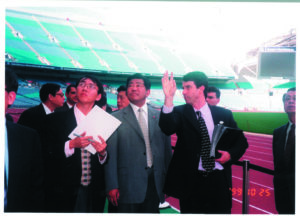News

September 29, 2020

It all started in 1993 when the Sydney 2000 Olympic Games bid team pitched an additional angle to the International Olympic Committee (IOC) to support the ‘Green Games’.
In an era where the environment was a major global, political and economic concern the IOC had expressed a desire to apply an environmental dimension to the next Games with concepts such as sustainable urban development. The IOC loved Sydney’s pitch, so did Greenpeace, Earth Council and the Sydney Organising Committee for the Olympic Games.
And, as the famous quote from Juan Antonio Samaranch goes, “The winner is Sydney!”
 Scenes of celebration from Homebush Bay, 24 September, 1993
Scenes of celebration from Homebush Bay, 24 September, 1993
Image: Dean Sewell
From that moment on, the future of the Olympic Games was sealed and sustainability was introduced as a third core business function for the IOC, after sport and culture.
The development of the overall masterplan of the Sydney Olympic Games, including the stadium, became the largest building project in the world attempting to apply the policies of Ecologically Sustainable Development (ESD) with environmental considerations incorporated into every element of building designs, planning and operations.
For the team at global architecture firm Populous, the design of ANZ Stadium, (previously known as Stadium Australia), has seen it become a model of green, functional, cost effective design.
Many of the same team are still with Populous today. Managing Director, Paul Henry, was the original lead architect on the project, with Rod Sheard, during the 1990’s.
 Paul Henry, Managing Director, Populous, c.2003
Paul Henry, Managing Director, Populous, c.2003
He has since carved out an extensive career leading the design and development of world-renowned sports and entertainment buildings and leads Populous’ Asia Pacific headquarters, located in Brisbane.
“As designers of major sports buildings, we felt a responsibility to investigate how we could develop the most sustainable approach to the future of stadia.
“For a building of its size, we considered the overall impact the stadium would have on its surroundings in the long term and set a new standard in environmental design.
“We extended our design principles beyond current thinking around sustainability which then became the forefront of design and construction in Australia.
“ANZ Stadium was regarded as one of the most environmentally sustainable stadia in the world and became a global pioneer in sport design with a stadium that harvested its own energy,” Paul said.
After the Olympics, many of the IOC coordinators remarked that the efforts in conserving energy, water and biodiversity, while minimising waste and pollution, was a turning point for the future of stadium design.
ANZ Stadium received several national and international awards and accolades including a Gold Award from IOC/IAKS (2003), a finalist position in the World Architecture Awards (2000) and an Energy Efficient Award from the National Master Builders Association (1999).
After Sydney 2000, the stadium design resulted in the formation of the Green Building Council of Australia and subsequently the Greenstar rating tool.
“The stadium’s legacy set new benchmarks in legal requirements for developers and a precedent for future event spaces,” Paul said.
 Paul Henry with Mr Jia Qinglin at Stadium Australia, 25 October, 1999
Paul Henry with Mr Jia Qinglin at Stadium Australia, 25 October, 1999
Stadium Australia’s ESD design elements include:
 The HOK Guidebook to Sustainable Design, Stadium Australia
The HOK Guidebook to Sustainable Design, Stadium Australia
Feature Photo Credit: Stadium Australia
Lorem ipsum dolor sit amet consectetur, adipisicing elit. Non facere corporis et expedita sit nam amet aut necessitatibus at dolore enim quis impedit eius libero, harum tempore laboriosam dolor cumque.
Lorem, ipsum dolor sit amet consectetur adipisicing elit. Illo temporibus vero veritatis eveniet, placeat dolorem sunt at provident tenetur omnis, dicta exercitationem. Expedita quod aspernatur molestias eum? Totam, incidunt quos.